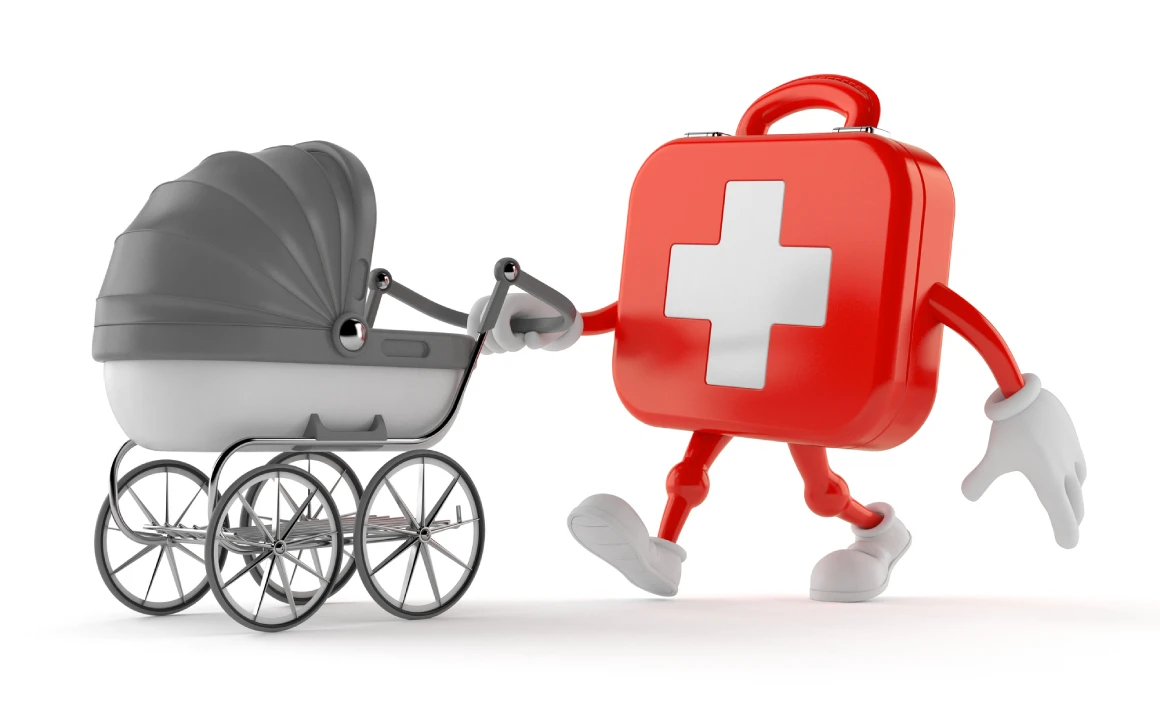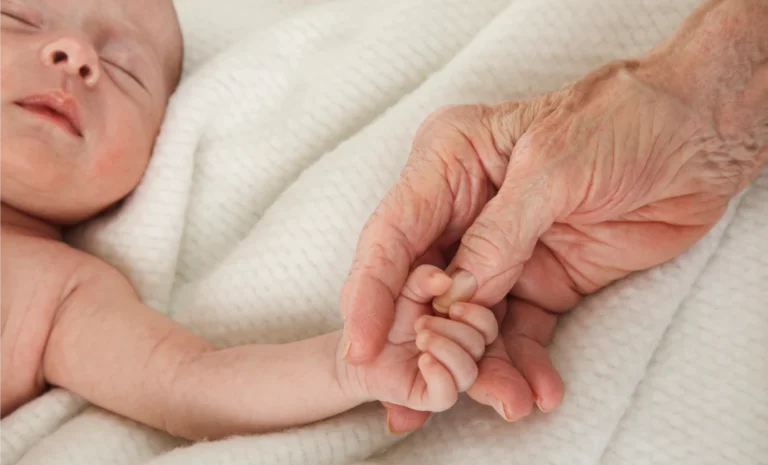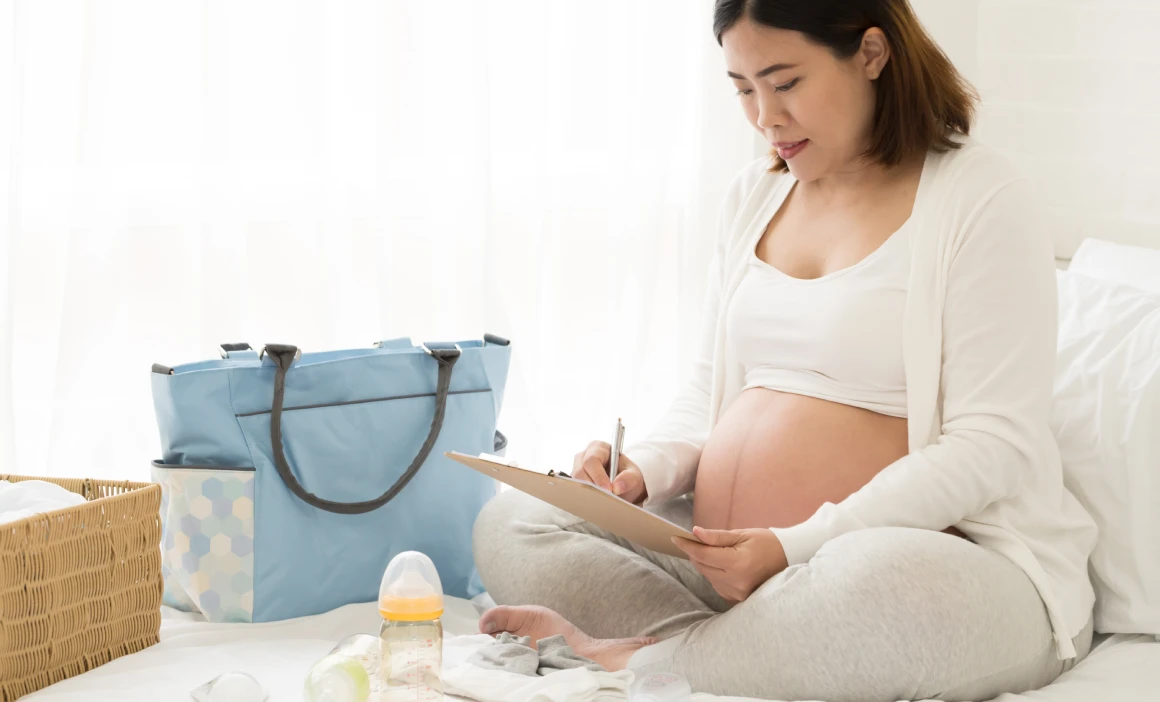
The Ultimate Baby First Aid Kit Checklist: Must-Have Items for New Parents

Cradle of Nutrition
- 2 minutes read
When it comes to your baby’s safety, preparation is key. A baby first aid kit ensures you’re ready to handle minor injuries, sudden fevers, or unexpected accidents.
In this guide, you’ll find the complete checklist of what to put in a baby’s first aid kit — plus smart storage tips and bonus safety advice.
Why You Need a Baby First Aid Kit
Babies are curious little explorers, and small mishaps are inevitable.
Having a well-stocked baby emergency kit both -at home and on-the-go – means you can act quickly and confidently when it matters most.
Want to be even more prepared? Check out our guide: First Aid Skills Every Parent Should Learn — it’s packed with life-saving tips tailored for babies and toddlers.
Essential Items for Your Baby First Aid Kit
Here’s the complete checklist of must-have items every parent should include:
✅ Thermometer
- A digital thermometer is best for fast, accurate temperature readings.
- For infants under 3 months, a rectal thermometer provides the most reliable results.
✅ Infant Pain Relievers / Fever Reducers
- Infant acetaminophen or ibuprofen (for babies over 6 months).
- Always consult your pediatrician for correct dosages.
✅ Nasal Aspirator and Saline Drops
- Help clear a stuffy nose safely and easily during colds or allergies.
✅ Adhesive Bandages (Assorted Sizes)
- Perfect for covering small cuts and scrapes.
✅ Sterile Gauze Pads and Medical Tape
- Essential for larger wounds that need extra care.
✅ Antiseptic Wipes and Baby-Safe Antiseptic Cream
- Alcohol-free wipes prevent stinging and irritation on delicate skin.
✅ Tweezers
- For removing splinters, debris, or ticks safely.
✅ Baby Nail Clippers or Scissors
- Keep tiny nails trimmed to prevent accidental scratches.
✅ Digital Medicine Dispenser
- Use an oral syringe or dropper to give precise medication doses.
✅ Emergency Contact Information Card
- Include your pediatrician’s number, poison control, and emergency services (112 in Europe / 911 in the U.S.).
✅ Cooling Gel Packs
- Great for soothing bumps, bruises, or minor injuries.
✅ Thermal (Space) Blanket
- Lightweight and essential for keeping your baby warm in emergencies.
✅ Disposable Gloves
- Maintain hygiene while treating wounds.
Optional Items to Add
Consider adding these extra items for full preparedness:
- Teething gel (doctor-approved only)
- Infant-safe insect bite cream
- Baby sunscream (for babies older than 6 months)
- Hand sanitizer for adult use
- Instant cold packs (ideal for travel or outings)
Where to Store Your Baby’s First Aid Kit
- Home: Keep it easily accessible to adults but out of children’s reach.
- Travel: Assemble a portable version for your diaper bag or car.
- Maintenance: Review your kit every 3–6 months to replace expired medications and restock supplies.
Pro Tip: Take a Baby First Aid and CPR Class
Having the right supplies is crucial, but knowing how to use them can save lives.
Many hospitals and community centers offer affordable infant first aid and CPR courses. It’s one of the best investments you can make as a parent.
Final Thoughts
A well-prepared baby first aid kit gives you peace of mind and helps you handle life’s little emergencies with confidence.
Stay calm, stay ready — and you’ll always be your baby’s superhero!
by Erika Barabás






